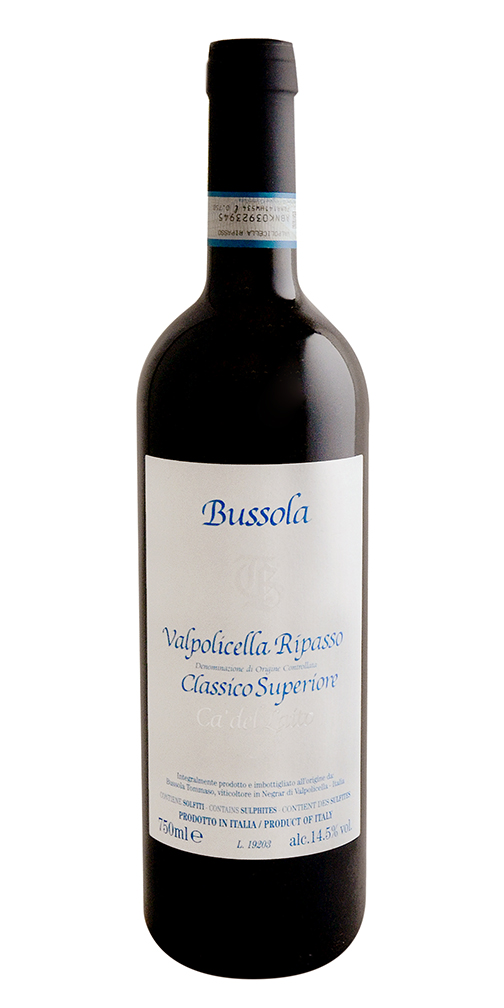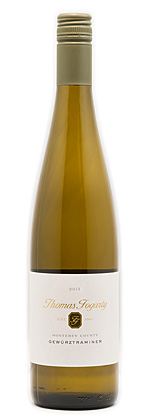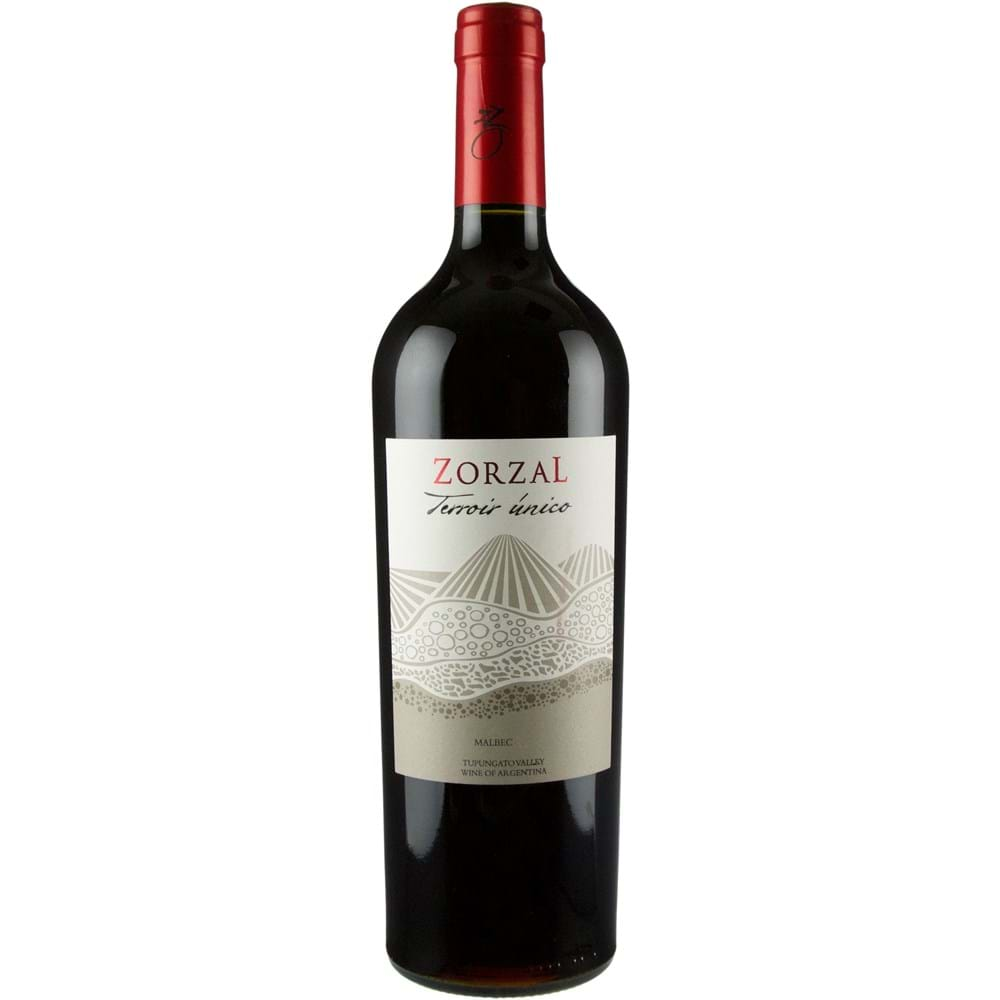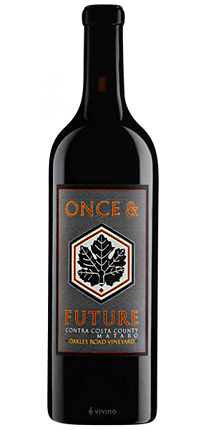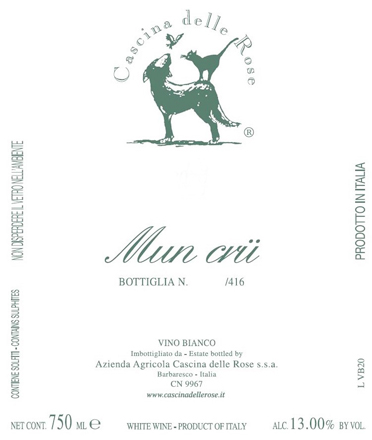For the wine snob: Tommaso Bussola is a wine estate situated in the northeastern Italian region of Veneto. It specializes in producing a select range of Valpolicella Classico and Valpolicella Classico Superiore wines, as well as Amarone Classico and Recioto Classico wines. The history of the estate dates back to 1977, when Tommaso Bussola began working on his uncle’s wine estate. He took over the estate in the 1980s, and followed his uncle’s tradition of aging wines in barrels that had been used over several vintages. He labelled these wines “BG” in honor of his uncle, Giuseppe Bussola. The Tommaso Bussola estate comprises three vineyards with volcanic or clay soils. These are mainly planted to Coravina, Corvinone, Rondinella and Molinara, with smaller plantings of Coratina and Dindarella, as well as Cabernet Franc, Cabernet Sauvignon and Merlot. Bussola’s oldest vines are at its Vigneto Alto vineyard, and average 35 years old.
For the rest of us: 60% Corvina and Corvinone, 30% Rondinella, 10% Molinara & other varieties. Hand harvested from younger vines ranging from 5 to 30 years old. This has great tones, with floral and spice aromatics and a core of macerated cherry, dark chocolate and medicinal herb flavors. The finish is grippy providing a pleasing counterpoint to the silky mouthfeel and juicy acidity allows for a pleasant finish.

